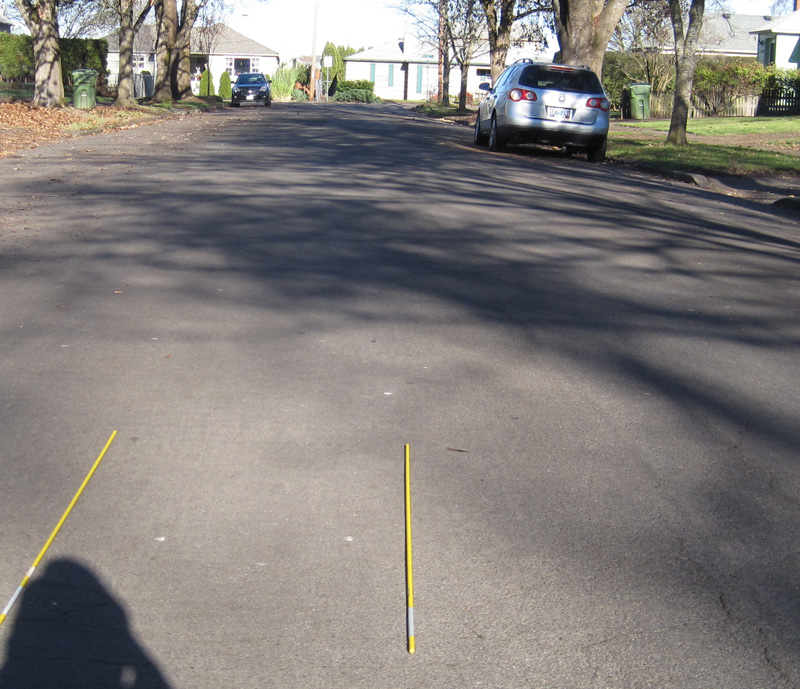The Saudi International Golf Tournament starts later this week in Saudi Arabia, sponsored by a government that:
Murdered and dismembered Jamal Khashoggi, an act, according to U.S. intelligence agencies, that with “high confidence,” was carried out with the approval of Crown Prince Mohammed bin Salman.
“High confidence” is term a intelligence agencies use to say, “We’re certain of this, but we don’t like to say certain. But we’re certain.”
Is prosecuting a proxy war in Yemen that is needlessly creating a major humanitarian crisis, the starvation of hundreds of thousands of Yemeni citizens.
Arrests, tortures, gives excessive prison sentences to, and even executes political dissidents.
Kidnapped the Lebanese Prime Minister in 2017.
Exfiltrates from the U.S., Saudi nationals studying in Oregon, arrested and facing criminal charges, flouting U. S. laws.
Yet, these golfers are signed up to play: Dustin Johnson, Patrick Reed, Sergio Garcia, Justin Rose, Brooks Koepka, Henrik Stenson, and Bryson DeChambeau. You can see the full field here.
Rose commented, “I’m not a politician.”
Johnson commented, “Unfortunately, it’s in a part of the world where most people don’t agree with what happened, and I definitely don’t support anything like that.”
Most people would not agree with all this, Dustin? Most people? How about anyone in their right mind?
Sorry, guys, this isn’t about politics or what you don’t agree with or support.
Politics is about what federal income tax rates should be, or whether a wall should be built along our southern border. You can agree or disagree, support or not.
What’s happening in Saudi Arabia is different, It’s criminal. It is the crime of the state against individuals, and in the cases of Khashoggi and the Oregon exfiltrations, crimes against the concept of international sovereignty as well.
Mohammed bin Salman is a young man drunk on his own power, not only turning his country into a toxic state, but exporting its terror beyond its borders.
THAT is why playing in the Saudi International is a mistake that the participants have no good answer for.
I don’t expect professional gofers to be experts on current affairs or international relations.
I do expect them to be able to see outrageous behavior clearly and respond appropriately.
The money they say they are playing for?
In the fall of 2018 the Saudis sponsored a conference of world business leaders called the Future Investment Initiative. Following the murder of Jamal Khashoggi, these companies and individuals pulled out (not a complete list):
Uber
Fox Business Network
JP Morgan Chase
Blackstone Investment
AOL
Y Combinator
Google
Viacom
NY Times
LA Times
CNN
BlackRock
Ford Motor
The Financial Times
Bloomberg
Siemens
MasterCard
British Trade Secretary Liam Fox
PNB Paribas
Credit Suisse
HSBC
Standard Chartered
Société Générale
The Economist
CNBC
World Bank President Jim Yong Kim
These are business that stood to make LOTS of money in Saudi Arabia, and they washed their hands of partnerships for the time being.
But there’s money to be had, so golfers are going. Tell me, how much money is Jamal Khashoggi’s life worth to you?
You guys stand to make more money in one week than the vast majority of people in the world will make in their lifetime, yet you want more.
If what the Saudis are doing is not where you would draw the line, then where is it?
I would also ask, could the winning golfer, in good conscience, stand next to the Crown Prince for a photo at the end of the tournament? Would he really not know what stain that would place on his public image?


